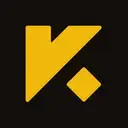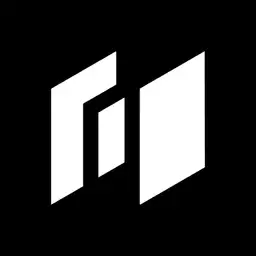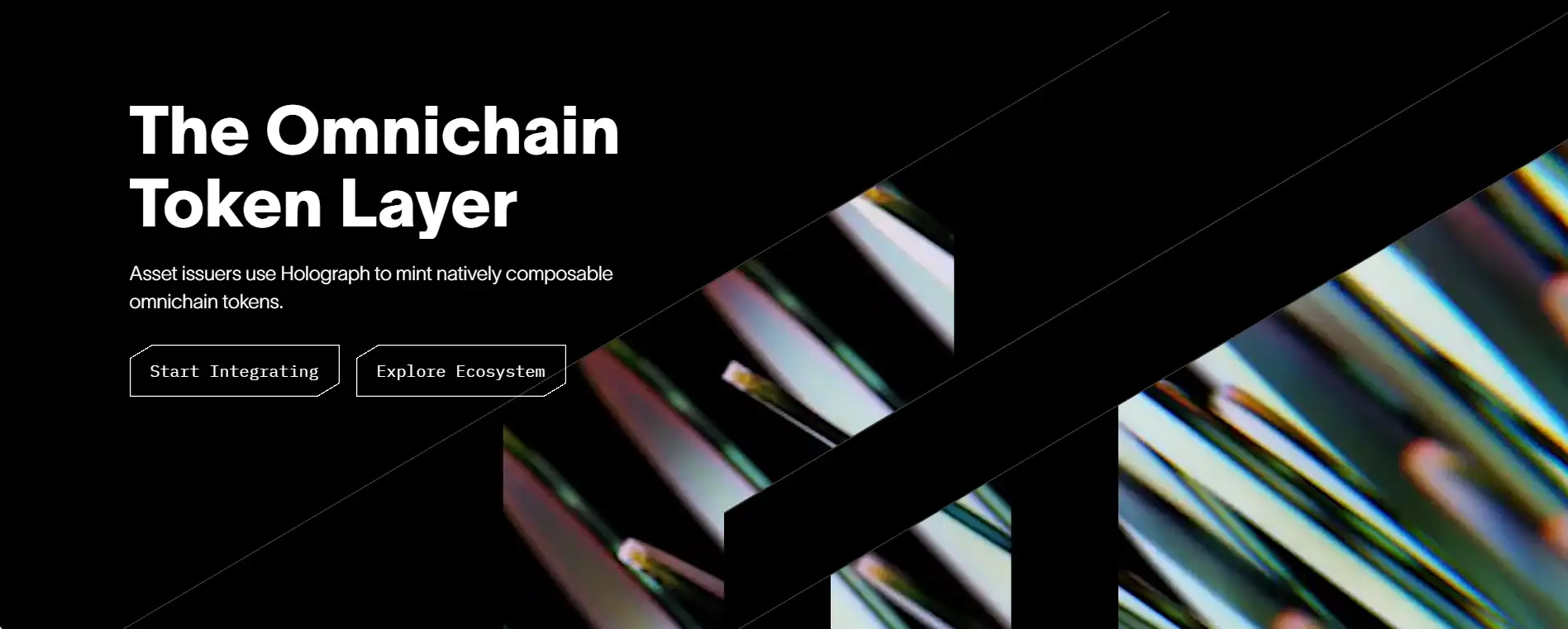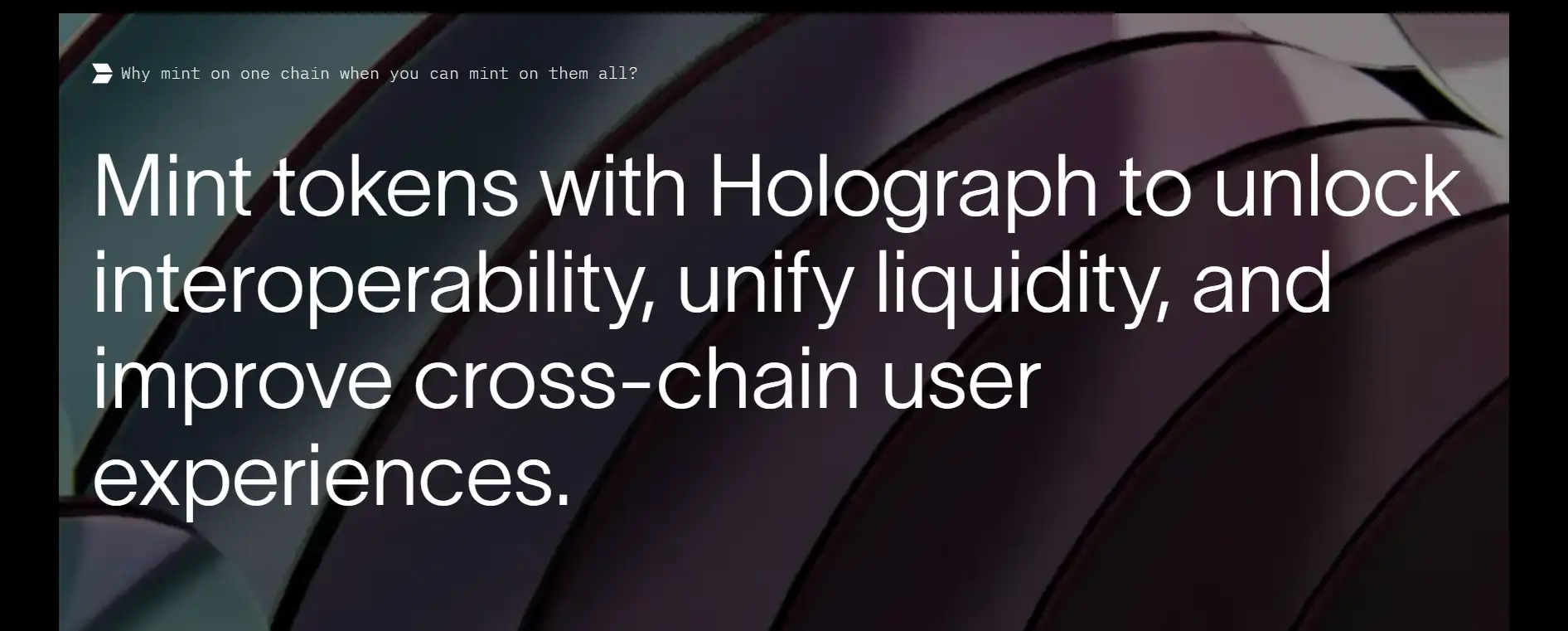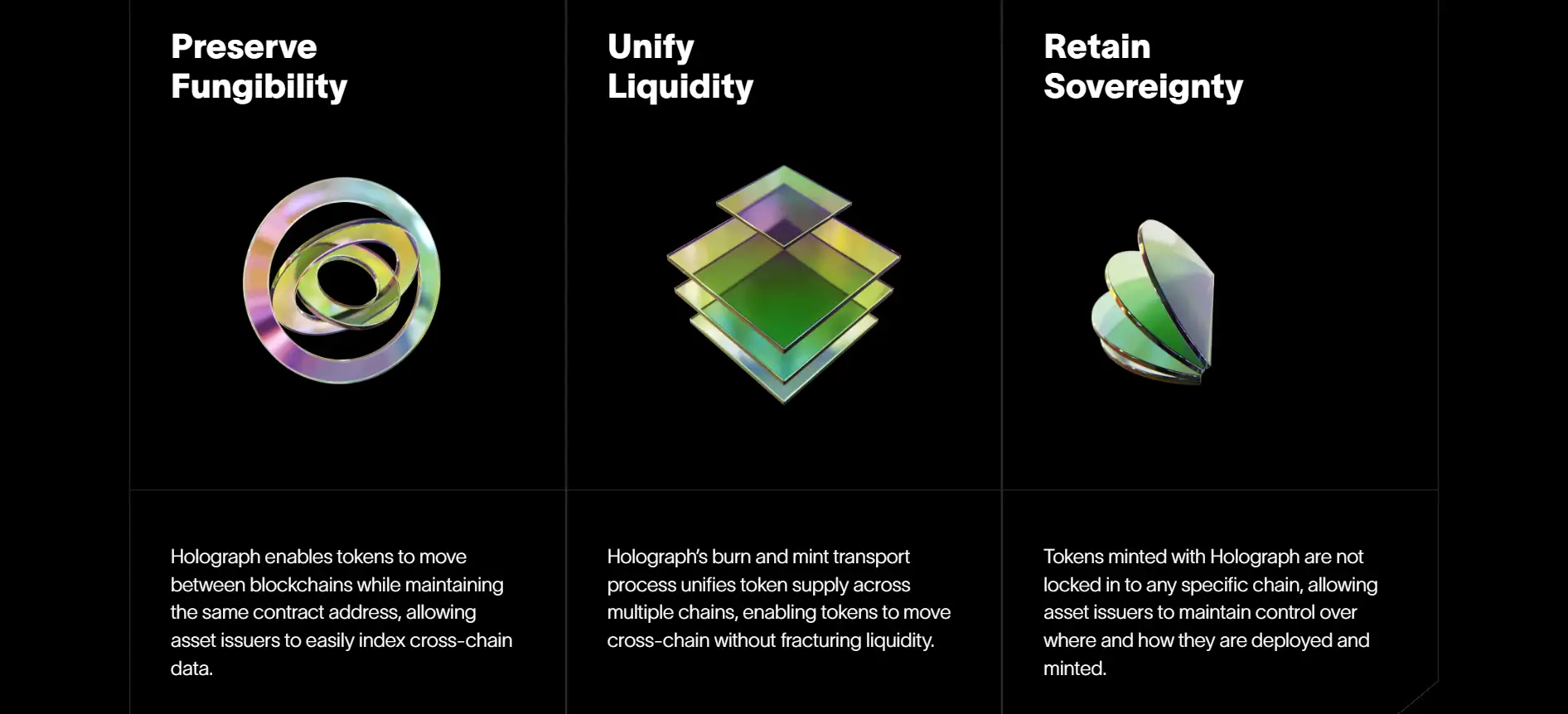About Holograph
Holograph is an advanced omnichain tokenization protocol designed to enable seamless asset issuance and interoperability across blockchain networks. The protocol empowers developers and asset issuers to mint tokens that are natively composable across chains, offering a solution to the growing fragmentation in the blockchain space. With millions of tokens already minted using its system, Holograph is currently one of the most widely adopted infrastructures for cross-chain asset creation and distribution.
At its core, Holograph offers infrastructure that preserves fungibility, unifies liquidity, and retains sovereignty for digital assets. Through a process that includes burning tokens on the source chain and reminting them on the destination chain, Holograph provides a reliable framework for building truly interoperable assets. These capabilities make it an ideal tool for applications across DeFi, gaming, digital art, and even real-world asset tokenization.
Holograph is a comprehensive omnichain infrastructure stack purpose-built for tokenizing and transporting assets across multiple blockchains. The project introduces a novel architecture that enables assets to maintain a consistent contract address and token ID across all supported chains, eliminating the liquidity silos and usability challenges associated with traditional bridge mechanisms. Through a tightly enforced deployment process, genesis contracts are seeded across chains, enabling uniformity and cross-chain consistency for all tokens minted with Holograph.
The Holograph stack includes the Holograph Protocol, SDK, CLI, and various developer tools, allowing full programmability and customizability of tokens. Whether it's creating standard ERC20 or ERC721 tokens, customizing token logic for advanced DeFi mechanisms, or modifying existing tokens to make them omnichain-compatible, the platform provides full support. The minting and transport process uses LayerZero as the messaging layer, enabling the Holographic Transfer Process (HTP)—a secure and reliable method for burning tokens on the source chain and reminting them on the destination chain. This process ensures full data persistence, eliminates slippage, and preserves fungibility.
Importantly, Holograph supports all token types—from fungible tokens and non-fungible tokens to real-world assets like stablecoins, T-bills, and tokenized real estate. The protocol is used by asset issuers across sectors including digital art, in-game currencies, and financial instruments. Its ecosystem spans major L1 and L2 networks such as Ethereum, Polygon, Avalanche, Base, and Optimism. By integrating Holograph, developers gain access to a future-proof, interoperable asset standard that evolves alongside the multichain landscape.
Competitors in this space include Wormhole, Axelar, LayerZero, and Router Protocol. However, Holograph differentiates itself through its unique approach to maintaining token state and address uniformity, its extensive developer tooling, and its governance-led protocol evolution via the Holograph DAO.
Holograph provides numerous benefits and features that make it a leading solution in the omnichain infrastructure space:
- Unified Token Architecture: Maintains a single contract address and token ID across multiple blockchains, reducing friction for indexers and users.
- Omnichain Liquidity: Uses a burn-and-mint mechanism that unifies token supply across chains without liquidity fragmentation.
- Cross-Chain Sovereignty: Tokens minted via Holograph are not locked into a single chain, granting issuers full control over deployment and transfer policies.
- Multi-Asset Support: Supports fungible, non-fungible, and real-world asset tokens, providing full versatility for DeFi, gaming, art, and finance.
- Developer Tooling: Offers an advanced SDK, CLI, and integration support for rapid development and deployment.
- Interoperability Backbone: Built on LayerZero, enabling reliable and efficient cross-chain messaging with failover protection.
- DAO Governance: Protocol upgrades and changes are governed by the HLG token and community voting via the Holograph DAO.
Holograph offers a streamlined onboarding experience for developers and asset issuers looking to create interoperable tokens:
- Visit the Website: Head to the official site at holograph.xyz to begin.
- Read the Documentation: The developer documentation provides full technical instructions on contract deployment, token transport, and customization.
- Install CLI & SDK: Download the Holograph CLI and SDK from GitHub or the documentation portal to start building and testing on supported chains.
- Deploy Genesis Contracts: Use the CLI to deploy genesis contracts on target blockchains, ensuring contract address consistency across all networks.
- Create or Modify Tokens: Choose to deploy standard, custom, or modified tokens via HolographBridge using burn-and-mint logic.
- Join the Ecosystem: Participate in governance via the HLG token, contribute to discussions in the Holograph Discord, and follow updates on X.
Holograph FAQ
Holograph achieves consistent token identity across blockchains by using a deterministic deployment method based on CREATE2 and a unique salt for each contract. This guarantees the same contract address and token ID on every supported chain. As a result, the tokens can be recognized, indexed, and interacted with in the same way across all EVM-compatible networks. For more technical details, developers can explore the protocol via the Holograph documentation.
The Holographic Transfer Process (HTP) is a unique mechanism that eliminates wrapped tokens and preserves fungibility. It works by burning tokens on the source chain, sending a payload message via LayerZero, and reminting the same number of tokens on the destination chain at the exact same address. Unlike typical token bridges, HTP avoids liquidity fragmentation and maintains the unified state of tokens across all chains. Read more at holograph.xyz.
Yes, Holograph supports the creation and deployment of real-world asset (RWA) tokens including stablecoins, treasury bills, and tokenized real estate. Asset issuers benefit from Holograph’s omnichain infrastructure, which ensures interoperability and liquidity unification across major blockchains. This makes it an ideal protocol for financial institutions and tokenized finance platforms. Learn more at Holograph’s official site.
Tokens minted with Holograph are not bound to any one blockchain, enabling issuers to choose how, where, and when their assets are deployed. This sovereignty is achieved through native contract deployment, without relying on external custodians or bridges. It gives projects full autonomy over token logic, governance, and distribution strategies across the omnichain ecosystem. See integration tools at holograph.xyz.
In the Holograph Protocol, off-chain Operators are responsible for listening to bridge requests and executing the reminting process on destination chains. These agents validate payloads and act in a decentralized, randomized selection process, ensuring reliability even if some nodes fail. This Operator Network enables secure token transport while preserving decentralization. Operator integration guides are available at holograph.xyz.
You Might Also Like








